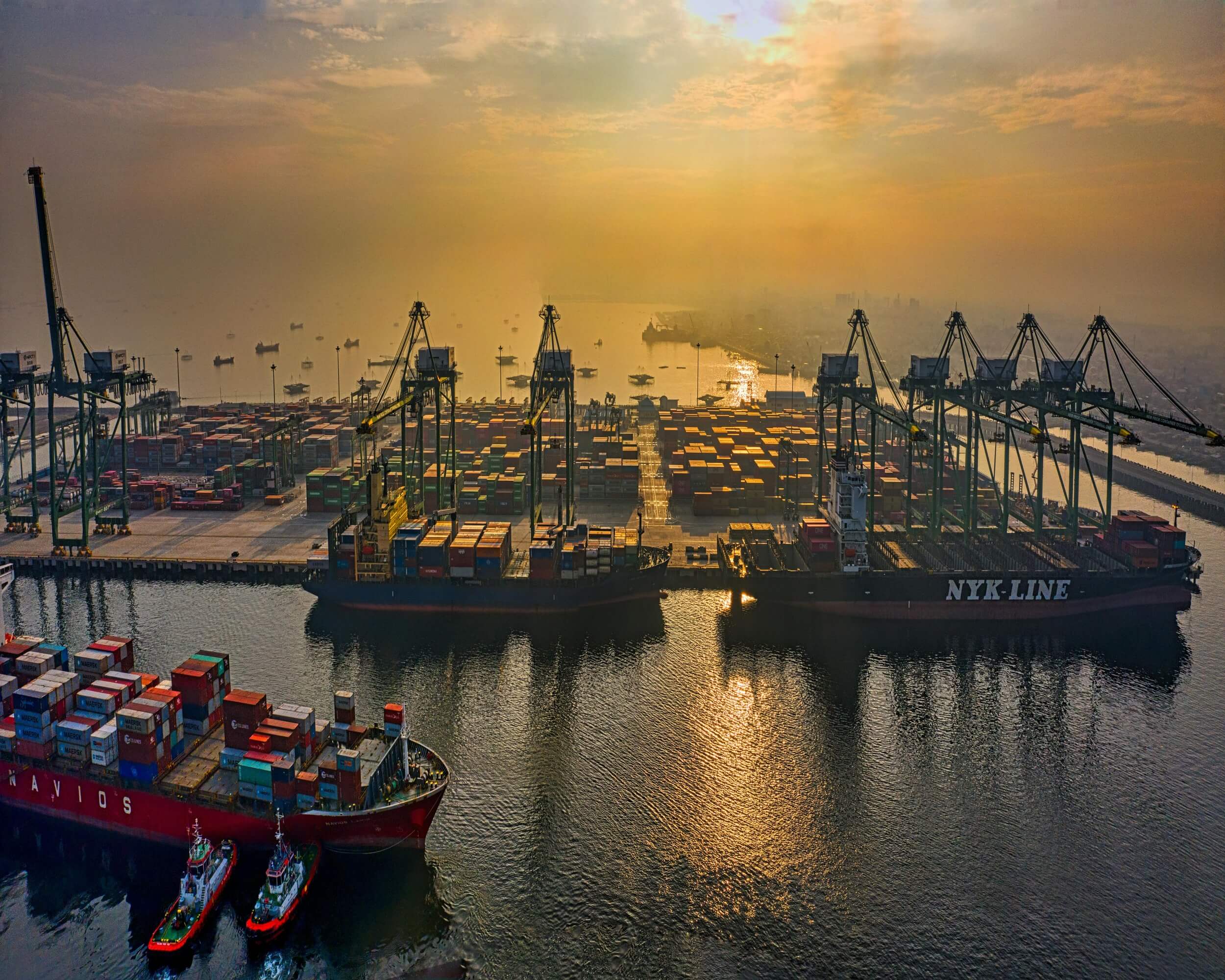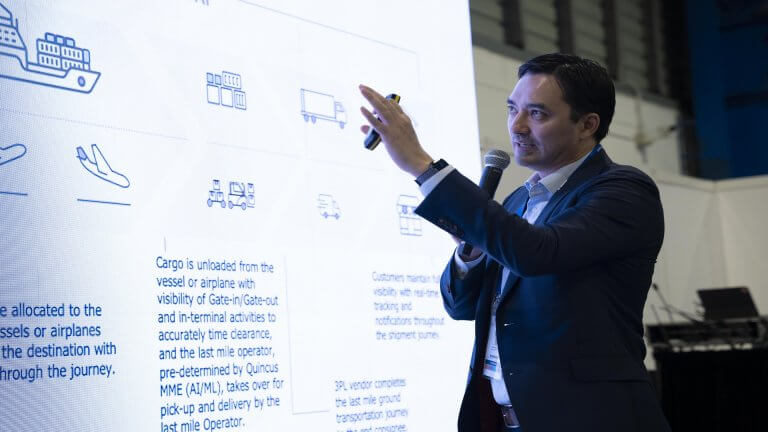
A Deeper Dive into the Multi-Modal Logistics Revolution
Explore Quincus AI's Multi-Modal Logistics Revolution, covering optimized shipment lanes, enhanced forecast accuracy, and pillars of stability minimizing component shortages. Discover the adaptable logistics framework designed for market fluctuations.
A Deeper Dive into the Multi-Modal Logistics Revolution
Building on our previous article on Multi-Modal Logistics, this piece further explores its transformative capabilities, uncovering layers that reshape the Supply Chain sector. At the core of Quincus AI’s Multi-Modal Engine (MME) is a commitment to a seamless experience, leveraging sophisticated AI models to strategically optimize shipments across diverse transport modes, ensuring precise and prompt deliveries. Quincus AI stands at the forefront of the Multi-Modal Logistics revolution, reshaping supply chain dynamics for enhanced efficiency.
Quincus AI helping you navigate your shipment routes for peak efficiency!
Quincus AI’s Multi-Modal Engine (MME) optimizes shipment lanes using AI. Starting with the MME-Prediction, which predicts the best lanes from origin to destination based on the fastest lane or lowest cost based on the transportation network of end users. This AI process ensures efficient and adaptable route predictions in logistics.
The Strategic Architecture of Multi-Modal Logistics
Integrating multi-modal logistics into the supply chain is less about the harmonious interplay of instruments and more about constructing a complex architectural structure. This strategic endeavor involves meticulously designing, planning, and executing logistics operations to create a resilient, efficient, and adaptable framework that stands the test of time and variability in the global market.
Blueprinting the Future: Enhanced Forecast Accuracy
This architectural marvel’s core is enhanced forecast accuracy, mirroring the precision required to create a complex building blueprint. Advanced predictive models, powered by data analytics and machine learning, are used to accurately predict market demands and supply chain disruptions. This predictive prowess is like laying the groundwork for a robust structure, ensuring every component is accounted for, and every potential issue is preemptively addressed.
1. Data-Driven Foundations
The models can detect patterns and trends using vast amounts of data from various sources, allowing for accurate supply and demand predictions. This data-driven approach forms the foundation of this architectural feat, similar to how a solid foundation is crucial for any building.
2. Machine Learning and AI Frameworks
Using AI and machine learning algorithms is like employing sophisticated tools to refine the blueprint. These technologies enable dynamic adjustments and real-time decision-making, ensuring the structure’s adaptability to changing conditions.
Minimizing Component Shortages: The Pillars of Stability
Minimizing component shortages in the supply chain is comparable to constructing strong pillars that support the entire structure. Real-time monitoring and predictive analytics play a vital role in foreseeing and mitigating risks of shortages, thus maintaining the integrity of the supply chain.
1. Real-Time Monitoring Systems
Like sensors in a building monitoring structural integrity, real-time monitoring systems in logistics track inventory levels, shipment statuses, and market trends, ensuring that potential shortages are identified and addressed swiftly.
2. Predictive Inventory Management
Predictive inventory management techniques accurately anticipate future demand, thereby optimizing stock levels. This method is similar to stress-testing a building to ensure it can withstand future challenges.
Efficient Resource Allocation: Constructing a Flexible Framework
In the world of logistics, efficient resource allocation is critical. It is similar to selecting the suitable materials and designs to construct a functional and aesthetically pleasing building.
1. Dynamic Allocation of Resources
This involves allocating resources based on competitive rates and volume demands. The shift from a volume-centric to an efficiency-centric approach is like choosing construction materials that are not only strong but also cost-effective and sustainable.
2. Strategic Rate Management
Just as an architect considers the cost-effectiveness of materials and designs, logistic managers must strategically manage rates. This involves understanding and leveraging market dynamics to optimize costs and efficiencies.
Adapting to Business Fluctuations: Building for Resilience
Just as buildings are designed to adapt to environmental changes, the logistics framework must adapt to market fluctuations. This adaptability ensures operational continuity and resilience in the face of downturns, growth spurts, or periods of stagnation.
1. Market-Responsive Design
The logistics structure must be designed to respond swiftly to market changes. This involves flexible strategies and scalable solutions that adjust to varying business conditions.
2. Scalability and Flexibility
Just like buildings have features that allow them to scale and adapt (like modular designs), logistics systems need scalability and flexibility. This allows them to handle varying volumes efficiently and adapt to changing logistics environments.
Conclusion: The Edifice of Modern Logistics
The strategic integration of multi-modal logistics in supply chain management is akin to constructing a sophisticated and resilient building. Every element, from the foundational predictive models to the pillars of inventory management and the flexible resource allocation framework, plays a crucial role in creating a structure that is efficient, functional, and adaptable to the ever-changing landscape of global commerce.
This architectural approach to logistics represents a significant shift from traditional methodologies. It transitions from a static, deterministic system to a dynamic, data-driven, adaptable framework. The future of logistics lies in building these robust, flexible, and intelligent structures that can withstand the pressures of the global market while efficiently meeting the demands of the present and anticipating the needs of the future.
Request a demo with us to find out more.
Subscribe to keep up with our latest news









